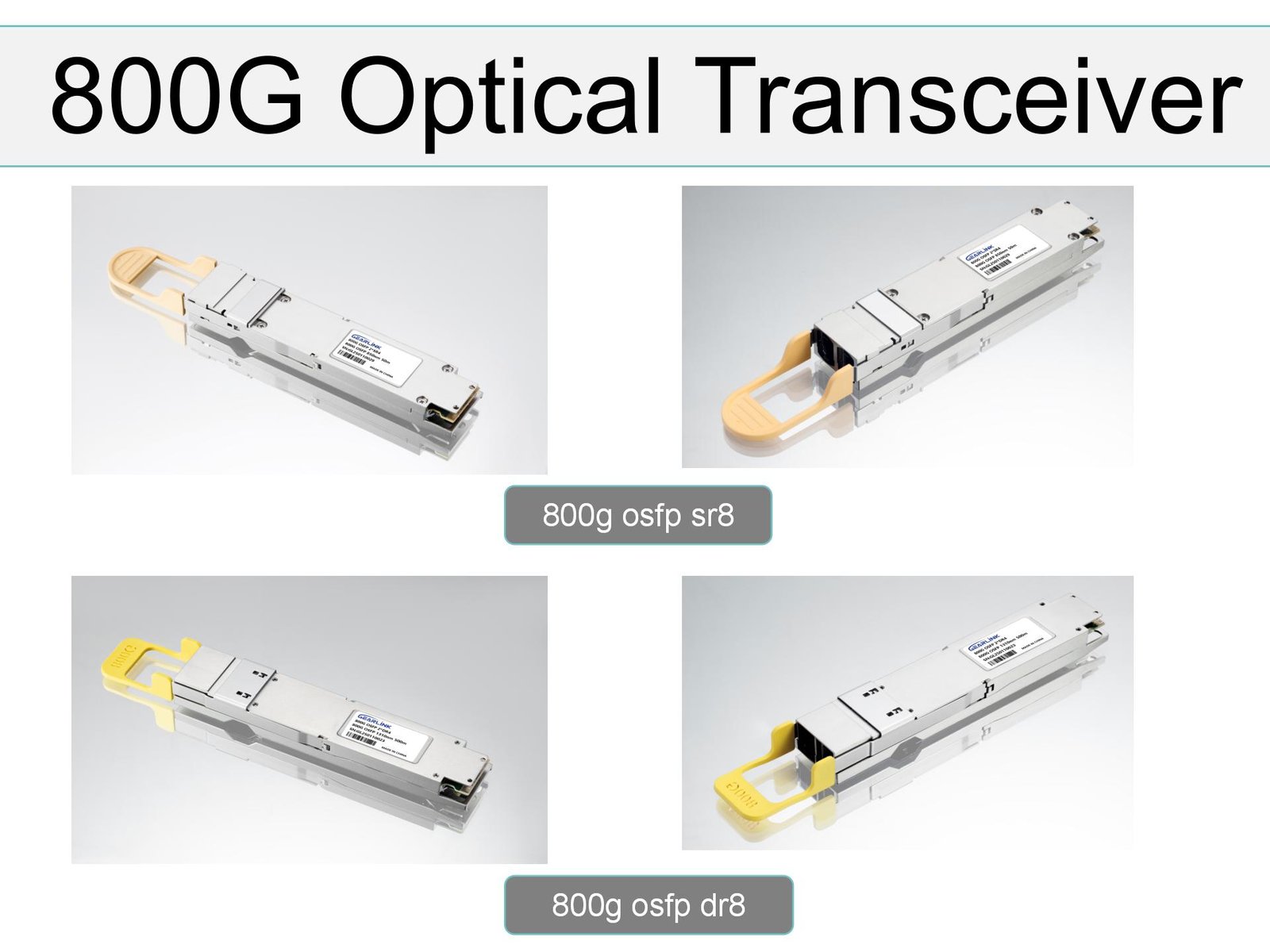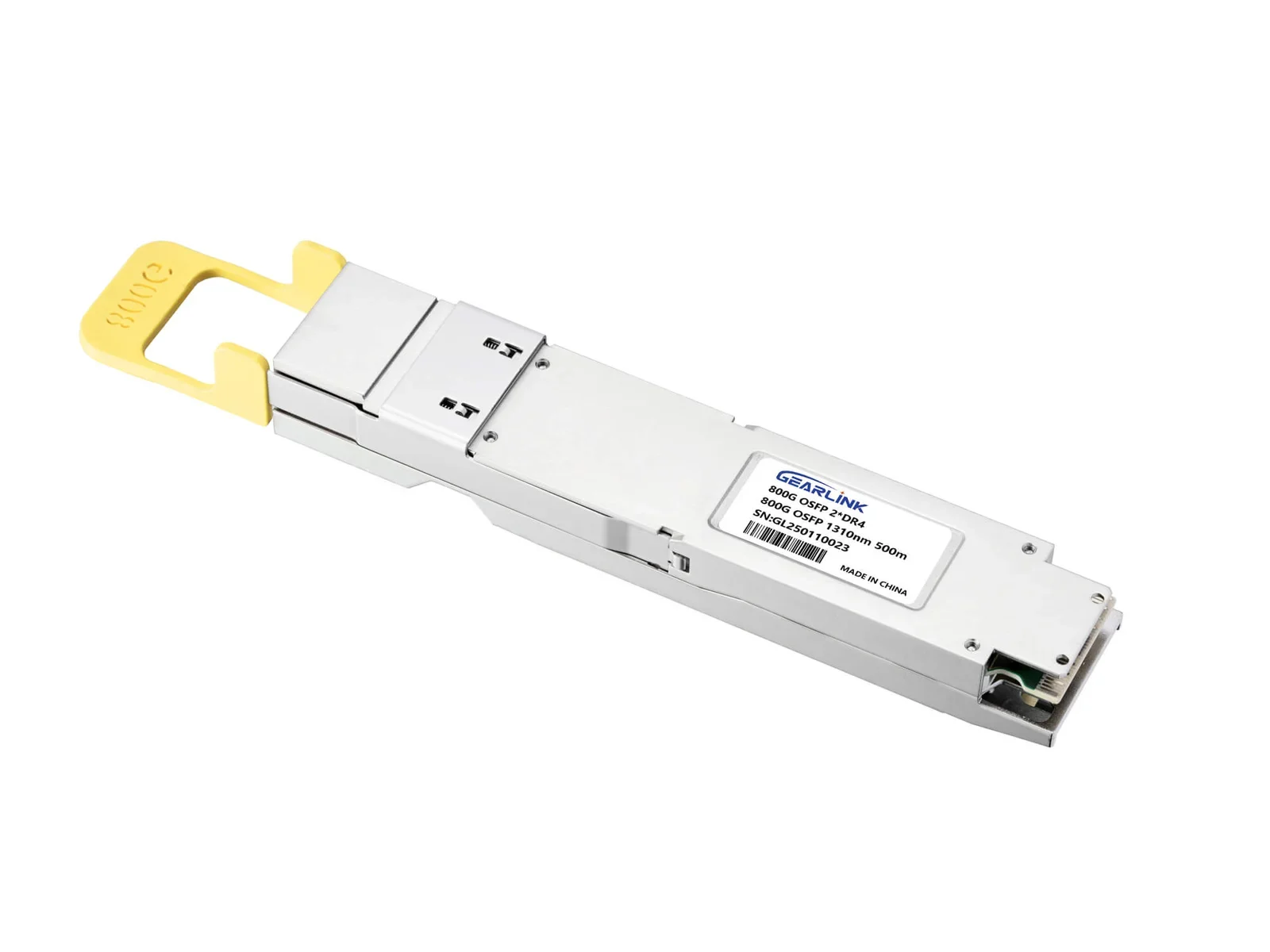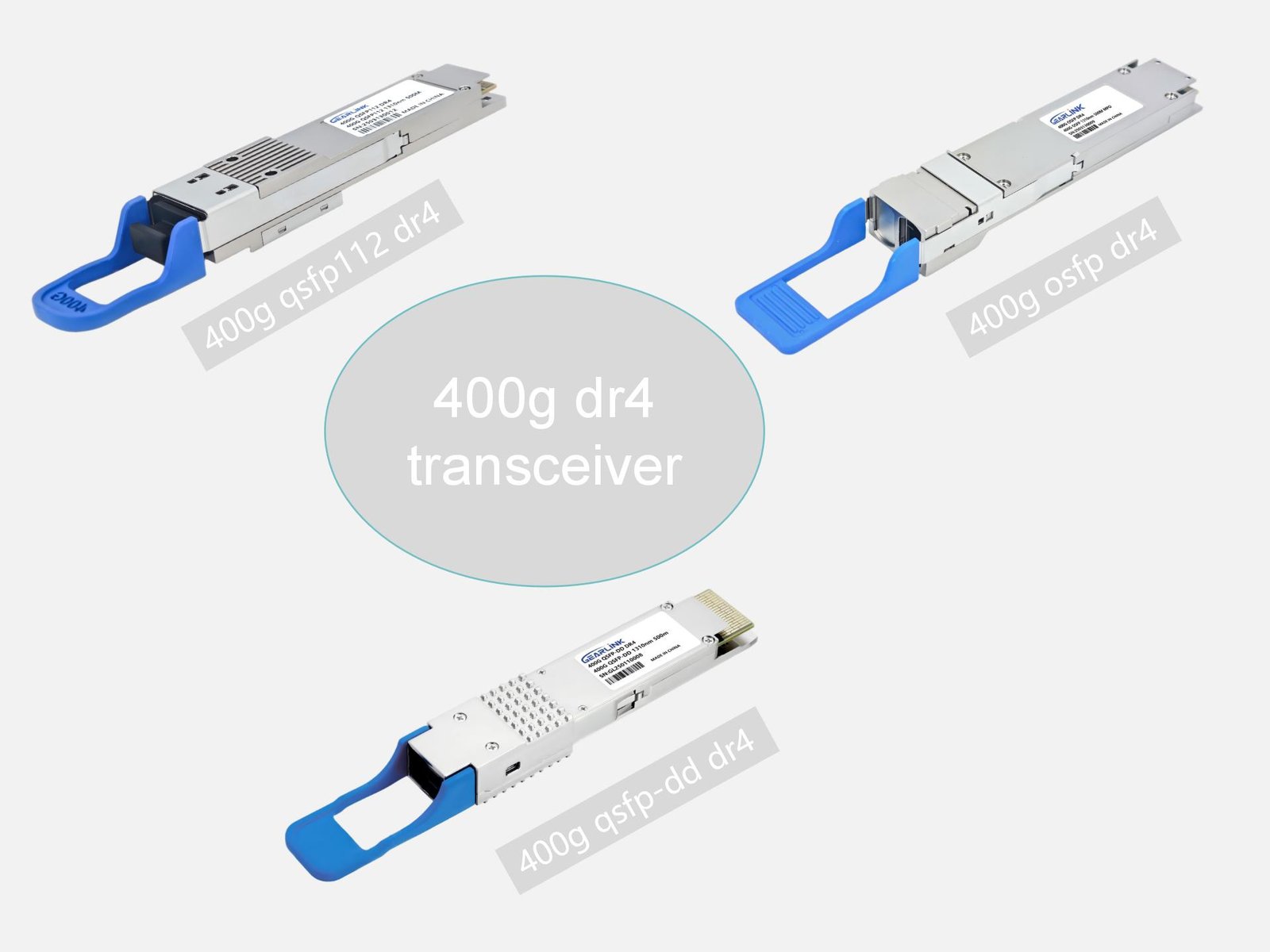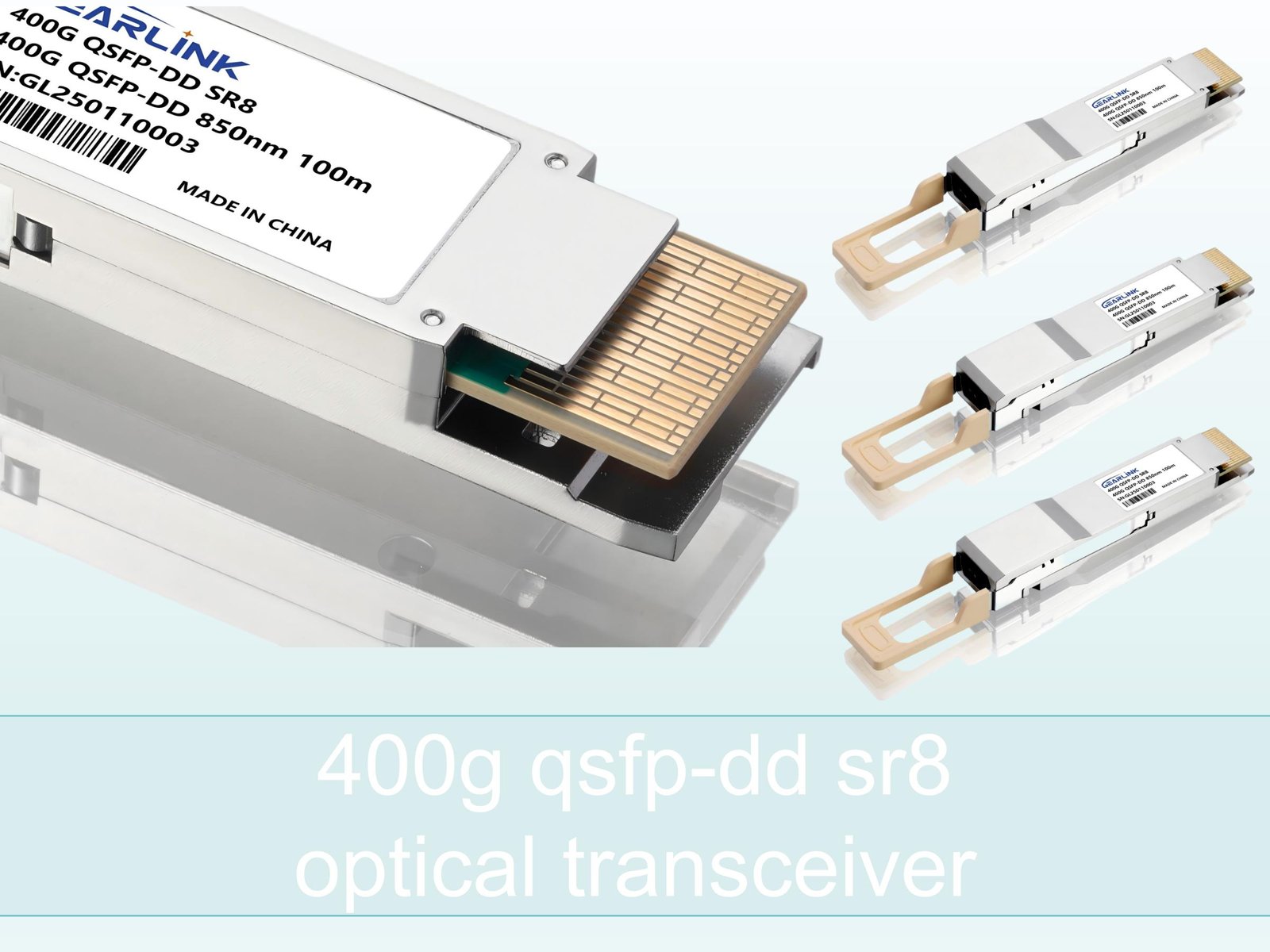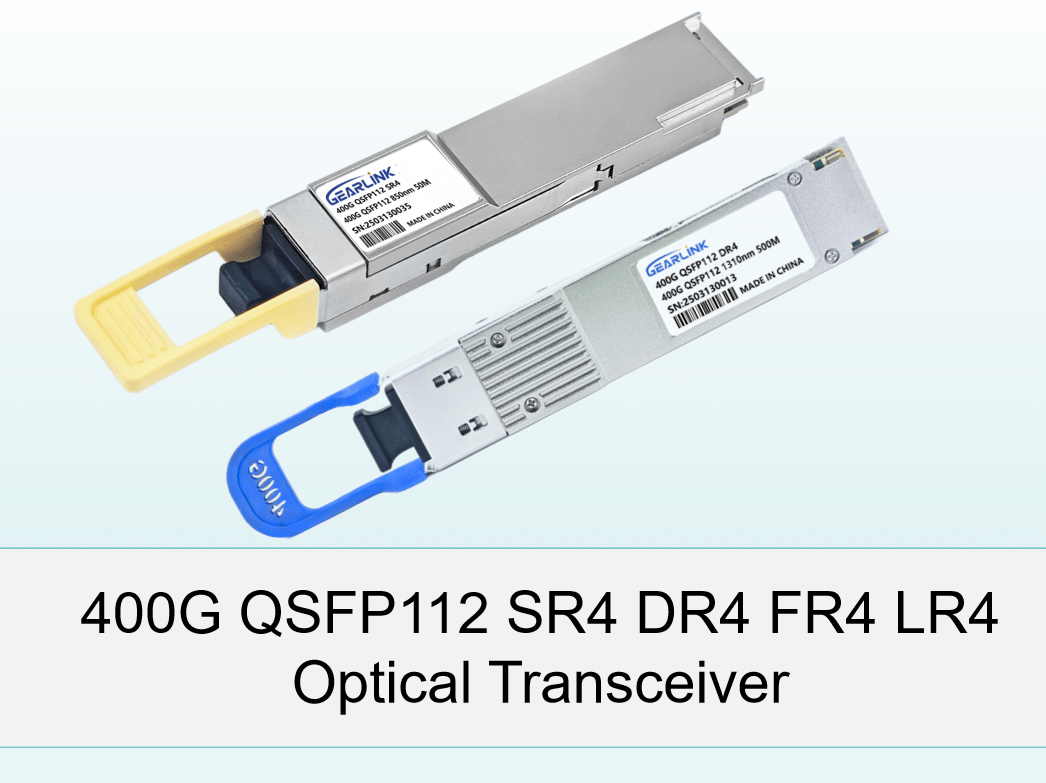Introduction: The Growing Role of Optical Modules in Networking
In an era where high-speed data transfer is critical to business success, Optical Modules are quickly becoming one of the most essential components in modern networking infrastructures. As more organizations shift toward cloud computing, big data analytics, and the Internet of Things (IoT), the need for high-performance, reliable, and scalable connectivity has never been greater.
This article will explore the key features and advantages of Optical Modules, highlighting their importance in shaping the future of networking. Designed to meet the needs of businesses in the U.S., the article will delve into the specific advantages of these devices and why they are an essential investment for any high-speed network.
What Are Optical Modules?
Optical Modules are small, compact devices used to convert electrical signals into optical signals for long-distance transmission over fiber-optic cables. They play a vital role in enabling fast, reliable, and efficient data communication in various sectors such as telecommunications, data centers, and enterprise networks.
These modules are available in various forms, including Small Form-factor Pluggable (SFP), SFP+, and QSFP. Each type is designed to handle different levels of data transmission speeds and distances, offering flexibility for various networking needs.
Key Features and Advantages of Optical Modules

1. High-Speed Data Transmission
One of the most important advantages of Optical Modules is their ability to support extremely high-speed data transmission. With increasing data consumption in the U.S. and across the globe, networks are under constant pressure to deliver faster and more reliable connectivity. Optical Modules are designed to meet these needs, offering data transfer speeds ranging from 1 Gbps to 400 Gbps.
This high-speed capability makes them indispensable for applications such as cloud computing, video streaming, big data analytics, and 5G networks, where large volumes of data need to be transmitted with minimal latency.
2. Long-Distance Connectivity
Unlike copper cables, which face significant limitations when transmitting data over long distances, Optical Modules enable efficient data transmission over much greater distances. Fiber-optic cables, combined with Optical Modules, offer superior signal quality and much lower signal loss. This makes them ideal for telecom providers and data centers, where long-distance communication is often required.
In the U.S., companies that rely on extensive networks, such as those in the telecommunications and finance industries, can benefit from Optical Modules to maintain reliable, high-speed communication across vast geographical regions.
3. Low Latency and Real-Time Communication
For many modern applications, particularly in sectors like finance, online gaming, and telemedicine, low latency is critical. Optical Modules offer minimal delay, ensuring fast and smooth communication for real-time services. The low-latency nature of Optical Modules makes them a preferred choice for services that require instant data transfer, such as high-frequency trading and live video streaming.
In the U.S., where real-time services are paramount, businesses can enhance customer experiences and operational efficiency by incorporating Optical Modules into their networks.
4. Energy Efficiency
As businesses and organizations strive to reduce their carbon footprint, energy efficiency has become a significant consideration in network infrastructure. Optical Modules are far more energy-efficient compared to traditional copper cables, consuming less power while delivering superior performance. This reduction in power consumption translates to lower operating costs, making Optical Modules a cost-effective solution in the long term.
For U.S.-based data centers and telecom operators, Optical Modules offer the dual benefit of enhanced network performance and reduced energy expenditures.
5. Scalability and Flexibility
The scalability of Optical Modules makes them an excellent choice for businesses looking to future-proof their networks. As data demands continue to grow, Optical Modules can be easily upgraded to support faster data transfer speeds, allowing businesses to scale their infrastructure without the need for a complete overhaul.
Whether you are expanding your data center capacity or upgrading your telecom network, Optical Modules provide the flexibility to accommodate future needs, making them a smart investment for long-term growth.
Types of Optical Modules and Their Applications
1. SFP (Small Form-factor Pluggable)
SFP modules are compact and cost-effective, ideal for short to medium-range data transmission. These modules are commonly used in enterprise networks, where moderate data speeds of up to 1 Gbps to 10 Gbps are sufficient. They are highly versatile and support both single-mode and multi-mode fiber-optic cables.
2. SFP+ (Enhanced SFP)
SFP+ is an enhanced version of the standard SFP, offering higher data transmission speeds of up to 10 Gbps. This module is commonly used in data centers and high-performance computing applications where high-speed data transfer is essential for optimal performance.
3. QSFP (Quad Small Form-factor Pluggable)
QSFP modules are designed for high-density, high-bandwidth applications, supporting data rates of 40 Gbps, 100 Gbps, and even 400 Gbps. These modules are ideal for large-scale data centers and telecom networks that require high-speed, long-distance communication.
4. XFP (10-Gigabit Small Form-factor Pluggable)
XFP modules are designed for high-speed, long-distance transmission, supporting data rates of up to 10 Gbps. These modules are commonly used in metro area networks (MANs) and long-haul communication links, where high-speed, reliable data transmission is critical.
Why U.S. Businesses Should Invest in Optical Modules
1. Enhanced Network Efficiency
By incorporating Optical Modules into your network infrastructure, U.S. businesses can significantly improve data transfer rates and reduce network congestion. Optical Modules help maintain a stable and high-performance network, essential for meeting the growing demands of modern business operations.
2. Cost-Effectiveness and Future-Proofing
In addition to improving network performance, Optical Modules offer a cost-effective solution for U.S. businesses. They reduce the need for frequent infrastructure upgrades and lower energy consumption, resulting in long-term savings. Moreover, the scalability of Optical Modules ensures that businesses can keep pace with future data requirements without costly overhauls.
3. Reliability and Durability
Optical Modules are known for their reliability and durability, even in harsh environmental conditions. Their robust design ensures that they perform consistently over time, minimizing the risk of network downtime. For U.S.-based businesses, this reliability is a key factor in maintaining uninterrupted operations and providing excellent service to customers.
Conclusion: The Future of Networking with Optical Modules
Optical Modules are at the forefront of modern networking, offering unmatched speed, distance, and efficiency. For U.S. businesses, investing in Optical Modules means future-proofing your network infrastructure, improving performance, and reducing operational costs. Whether you’re operating in telecommunications, data centers, or enterprise IT, Optical Modules are a critical component in supporting the high-speed, low-latency networks that power today’s digital economy.
With their energy efficiency, scalability, and long-distance capabilities, Optical Modules provide a reliable solution for businesses looking to stay competitive in an increasingly connected world. As the demand for data continues to grow, incorporating Optical Modules into your network strategy is a smart move for ensuring continued success.

